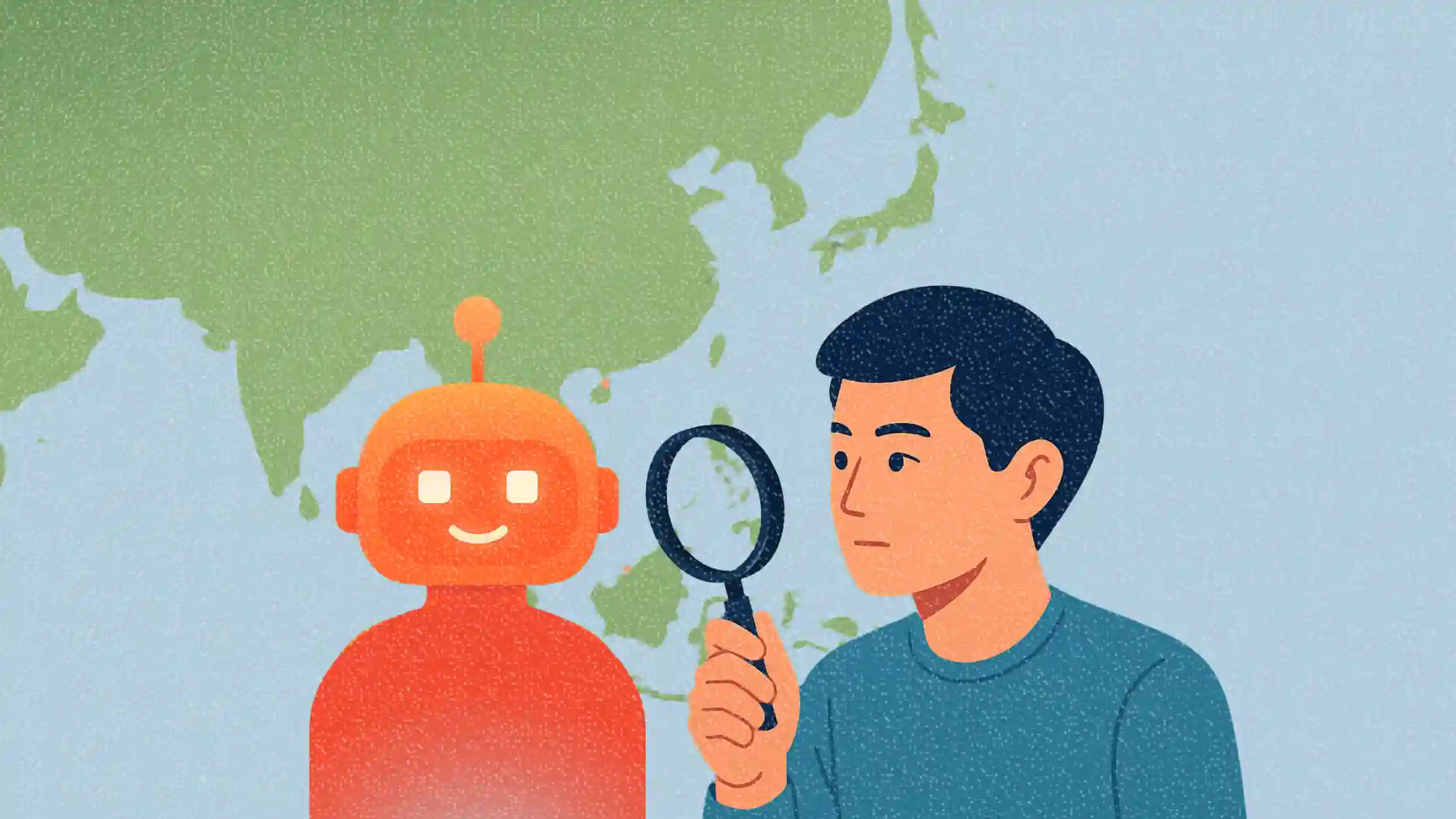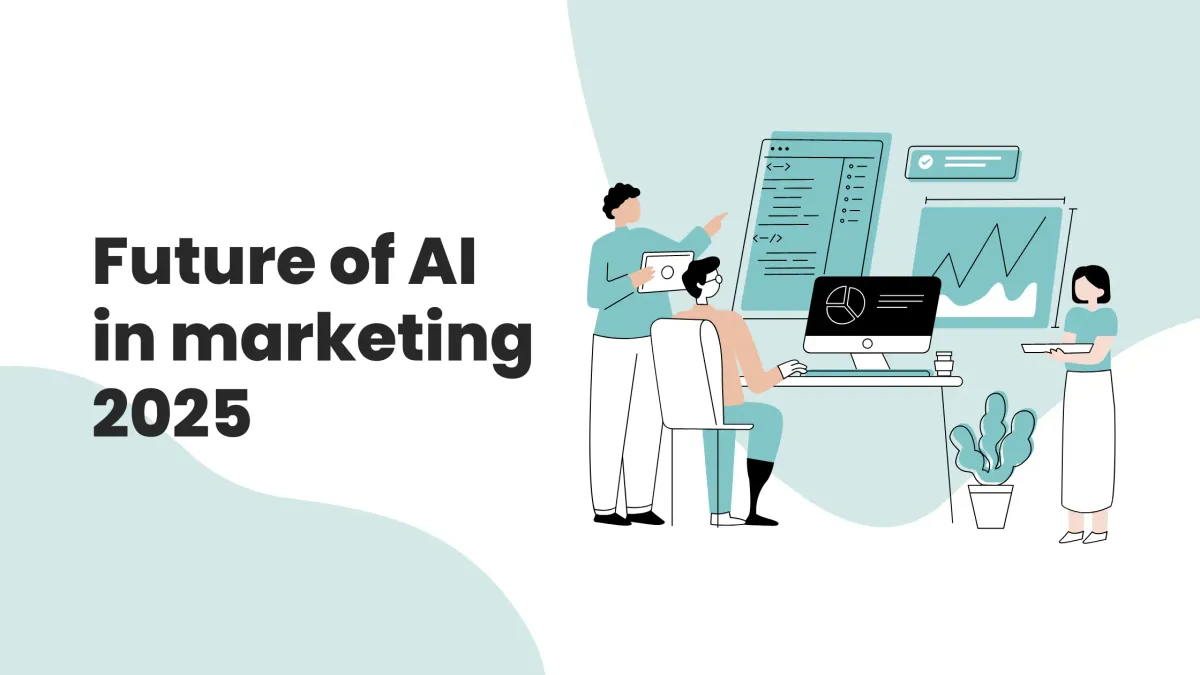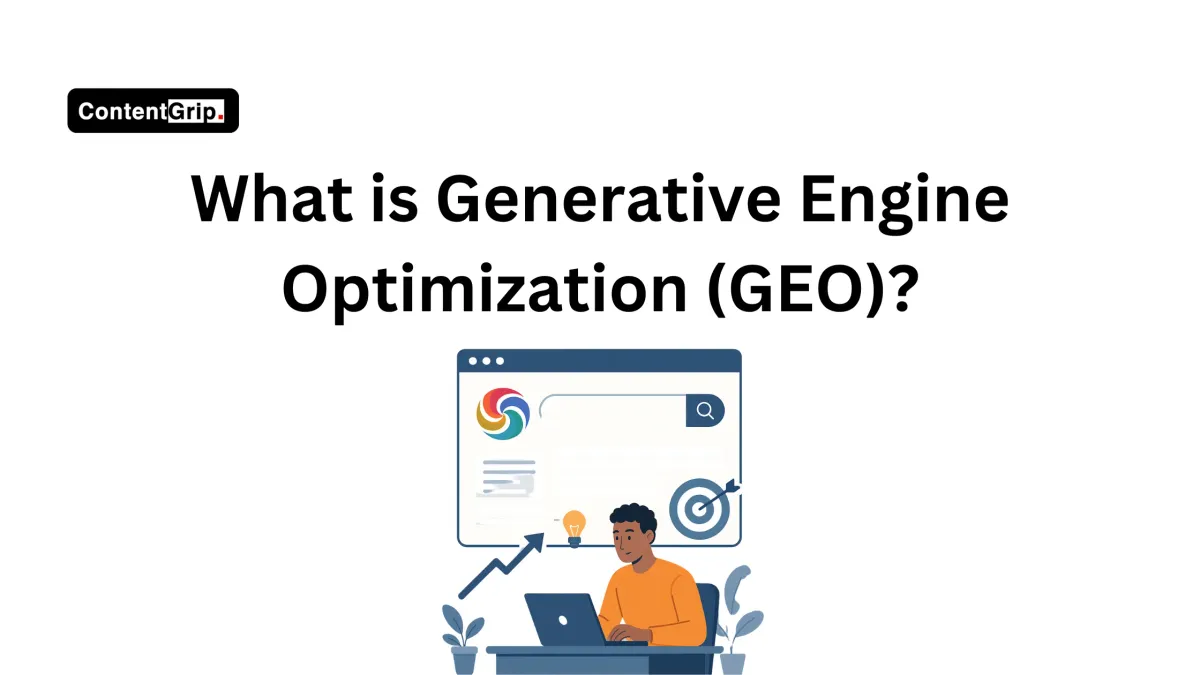APAC buyers ditch vendor calls—Gen AI is now their go-to research tool
Forrester survey reveals younger B2B buyers prefer AI tools over sales calls.

Business buying in the Asia Pacific region is undergoing a seismic shift—and it’s being led by younger, AI-savvy decision-makers who prefer independent discovery over vendor-driven sales.
A Forrester survey titled The State Of Business Buying In Asia Pacific, 2024 reveals that 68% of APAC business buyers now use generative AI to evaluate vendors, with most under the age of 45.
This article explores Forrester’s findings and what they mean for marketers navigating an increasingly decentralized, complex, and values-driven buying environment. The takeaway? Traditional sales playbooks are no longer enough.
Marketers need smarter, locally-tuned strategies that prioritize digital self-service, subject matter expertise, and emotional relevance.
Short on time?
Here’s a table of contents for quick access:
- Generative AI powers modern B2B discovery
- Younger buyers are changing the rules
- Buying groups in APAC are bigger—and harder to reach
- What marketers should know

Generative AI powers modern B2B discovery
According to Forrester’s 2024 survey, nearly 70% of business buyers in Asia Pacific now use generative AI tools to compare or research vendors.
This growing reliance on AI signals a significant departure from traditional sales-led engagement. Instead of speaking to a salesperson, APAC buyers are asking ChatGPT and similar tools to provide vendor recommendations, assess features, or clarify implementation requirements.
This trend aligns with a broader pivot toward self-service and reflects rising buyer expectations for speed, control, and convenience in the decision-making process.
It also creates a new challenge: how can marketers ensure their offerings are well-represented in these AI-driven evaluations?

Younger buyers are changing the rules
With 71% of APAC business buyers under 45, there’s a generational shift underway. These digital natives are far less tolerant of conventional, seller-centric tactics. They prioritize values like diversity, inclusion, and ESG commitments, and they expect providers to back those commitments with substance, not lip service.
What’s more, they’re more likely to feel dissatisfied with providers post-sale. While 94% of younger buyers cited at least one reason for disappointment, only 84% of their older counterparts did. Triggers for engagement differ too—older buyers favor past experience, while younger ones seek out industry expertise and authenticity.
For marketers, that means pivoting to thought leadership and values-first messaging that builds credibility early in the journey.
Buying groups in APAC are bigger and harder to reach
The APAC region now has the largest buying groups in the world. Forrester reports that 18% of B2B purchase decisions in APAC involve 30 or more people, compared to 13% in North America and 11% in Europe.
It doesn’t stop there—APAC buyers also include more external stakeholders (10 on average) in decisions than their Western counterparts.
This complexity makes account-based marketing (ABM) even more vital. Sales cycles are longer, decisions are more distributed, and aligning messaging across such a wide stakeholder base requires granular persona research, regional nuance, and tight post-sale engagement strategies.
What marketers should know
To stay relevant in APAC’s evolving buying landscape, marketers must overhaul their approach from top to bottom. Here’s where to focus:
1. Embrace lifecycle revenue marketing
Marketing doesn’t stop at lead generation. With buyer dissatisfaction post-sale on the rise, marketers need to support the full customer lifecycle. That means onboarding, education, and retention must be part of the playbook—especially in markets with long renewal cycles.
2. Tailor content by buyer persona and region
Buyer preferences vary widely across APAC subregions. Invest in deep persona research to build country-specific messaging and journey maps that speak directly to decision-makers’ needs and cultural expectations.
3. Optimize for AI-based discovery
If 68% of buyers are using generative AI to evaluate vendors, it’s time to rethink SEO. Ensure product documentation, third-party reviews, and brand content are optimized for AI scraping and summarization. Structured data, expert-authored thought leadership, and clear value statements will help AI tools pick up your brand as a credible option.
4. Prioritize authenticity and subject matter expertise
Younger buyers connect with credible experts more than brand names. Elevate your internal SMEs in marketing materials, webinars, and advisory roles. Skip generic taglines—speak directly to pain points and show your work.
The APAC B2B landscape is no longer just evolving—it’s transforming. The rise of Gen AI as a research tool, coupled with the growing power of digitally native buyers, means that marketers can’t afford to rely on legacy strategies.
To stay competitive, it's time to stop pushing and start guiding—strategically, empathetically, and with a sharp understanding of what matters to modern business buyers.





